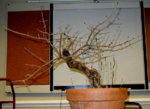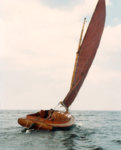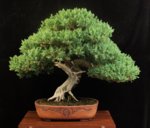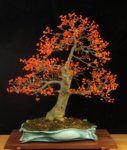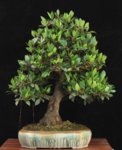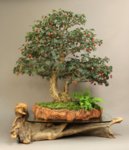Big Country Bonsai
Shohin
Hey guys I collected a couple nice viburnum this weekend but they have some deadwood that’s rotting on it so I was wondering what are y’alls preferred methods for preserving deadwood.
Attachments
-
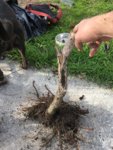 791706DA-B71E-40D7-A949-EB274FDDF640.jpeg321.8 KB · Views: 98
791706DA-B71E-40D7-A949-EB274FDDF640.jpeg321.8 KB · Views: 98 -
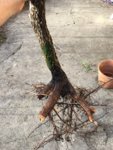 9E6F608A-F45B-4939-BE70-3055BE213A88.jpeg287.7 KB · Views: 92
9E6F608A-F45B-4939-BE70-3055BE213A88.jpeg287.7 KB · Views: 92 -
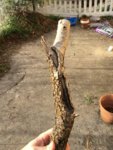 847798EC-3A22-41E3-A8AC-3504B78CB13F.jpeg207.4 KB · Views: 75
847798EC-3A22-41E3-A8AC-3504B78CB13F.jpeg207.4 KB · Views: 75 -
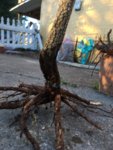 1A23E9DA-528F-428B-8ADA-F8F29471F130.jpeg183.4 KB · Views: 73
1A23E9DA-528F-428B-8ADA-F8F29471F130.jpeg183.4 KB · Views: 73 -
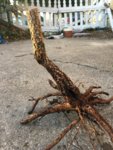 45DECD63-EAD6-47F9-B86D-5F96E935AF46.jpeg287.1 KB · Views: 109
45DECD63-EAD6-47F9-B86D-5F96E935AF46.jpeg287.1 KB · Views: 109



